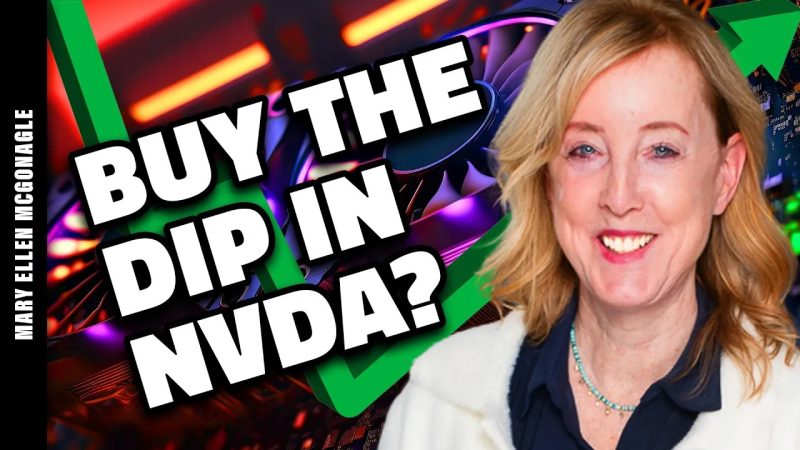When considering the question of whether to buy the dip in Nvidia’s stock (NVDA), there are several factors that investors should take into account. Nvidia is a leading semiconductor company known for its graphics processing units (GPUs) and is a key player in the artificial intelligence and gaming industries. The recent volatility in the stock market, combined with Nvidia’s own fluctuations, has led to a dip in NVDA’s stock price. This has left many investors wondering if now is the right time to consider buying the dip.
First and foremost, it is important to examine the reasons behind the dip in Nvidia’s stock price. Market trends, industry developments, and the company’s own performance can all contribute to fluctuations in stock prices. In the case of Nvidia, factors such as supply chain disruptions, changes in demand for GPUs, and competition from other semiconductor companies can all influence the stock price. By understanding the underlying reasons for the dip, investors can make more informed decisions about whether to buy or hold off on purchasing NVDA shares.
Another important consideration when deciding whether to buy the dip in Nvidia’s stock is the company’s long-term prospects. Nvidia has a strong track record of innovation and growth, and its products are integral to a wide range of industries. The increasing demand for GPUs in data centers, gaming, and artificial intelligence applications bodes well for Nvidia’s future potential. Additionally, Nvidia’s investments in emerging technologies like autonomous vehicles and cloud computing position the company for continued success in the long term. For investors with a long-term outlook, the current dip in Nvidia’s stock price may present a buying opportunity to capitalize on the company’s growth prospects.
On the other hand, investors should also be mindful of the risks associated with buying the dip in Nvidia’s stock. The semiconductor industry is highly competitive and rapidly evolving, and Nvidia faces challenges from rival companies as well as macroeconomic factors that could impact its performance. Market volatility and external events can also influence Nvidia’s stock price in unpredictable ways. Investors should carefully weigh the potential rewards against the risks before deciding to buy the dip in Nvidia’s stock.
Overall, the decision of whether to buy the dip in Nvidia’s stock ultimately depends on each investor’s individual financial goals, risk tolerance, and investment strategy. By conducting thorough research, analyzing market trends, and considering Nvidia’s long-term prospects, investors can make informed decisions about whether now is the right time to buy the dip in NVDA stock.


































